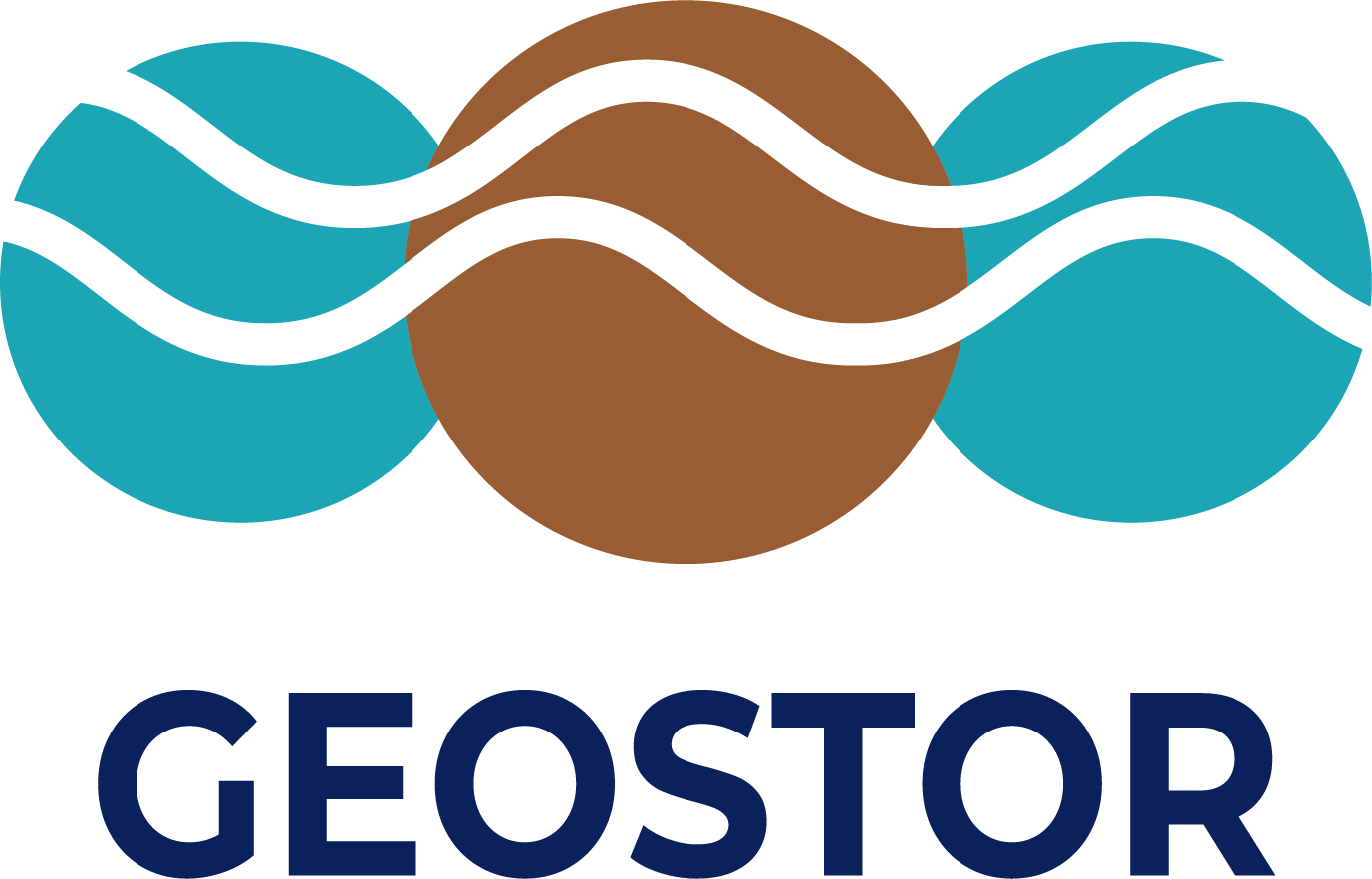Team GEOSTOR
With their expertise, these scientists contribute to answering the question of whether and how it is possible to store carbon dioxide (CO2) in the geological formations of the German North Sea on an industrial scale.
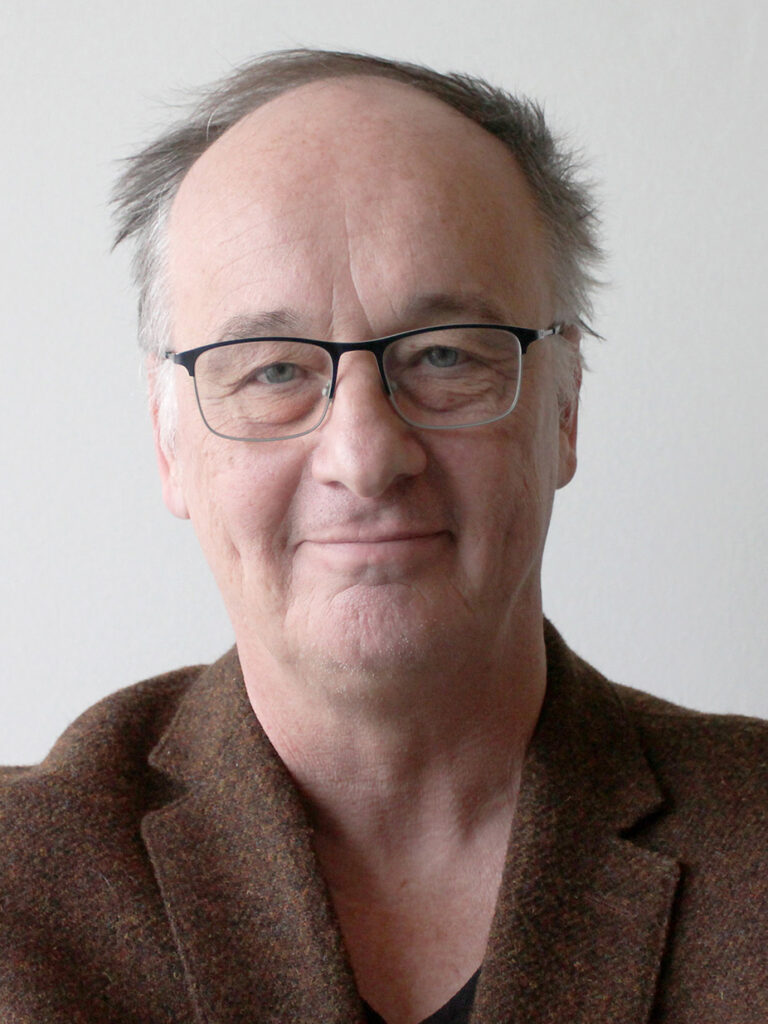
Prof. Dr. Klaus Wallmann
Project Coordinator GEOSTOR
GEOMAR Helmholtz Centre for Ocean Research Kiel
I investigate the metabolism at the seafloor. I am particularly interested in how much carbon dioxide (CO2) and methane is produced there and released into the seawater. I lead the GEOSTOR project and am particularly concerned with the question of whether leakage can occur during CO2 storage and how this leakage can be prevented.
I hope that CO2 storage under the floor of the North Sea can help solve the climate problem. To do this, however, it must be ensured that the CO2 actually remains in the storage formations and is not released back into the atmosphere. To solve the climate problem, Germany must stop emitting CO2 by 2045 at the latest. This can only be achieved if CO2 emissions that cannot be avoided are offset by removing CO2 from the atmosphere. This CO2 can then be put back into geological formations and stored. This is another reason why it is important to investigate whether and to what extent CO2 can be stored beneath the floor of the North Sea.
Unfortunately, the geosciences are partly responsible for the climate problem, as they have helped to find and develop deposits of coal, oil and natural gas. As a geoscientist, I would be happy if we could apply our know-how to help solve the problem with the help of CCS technology.
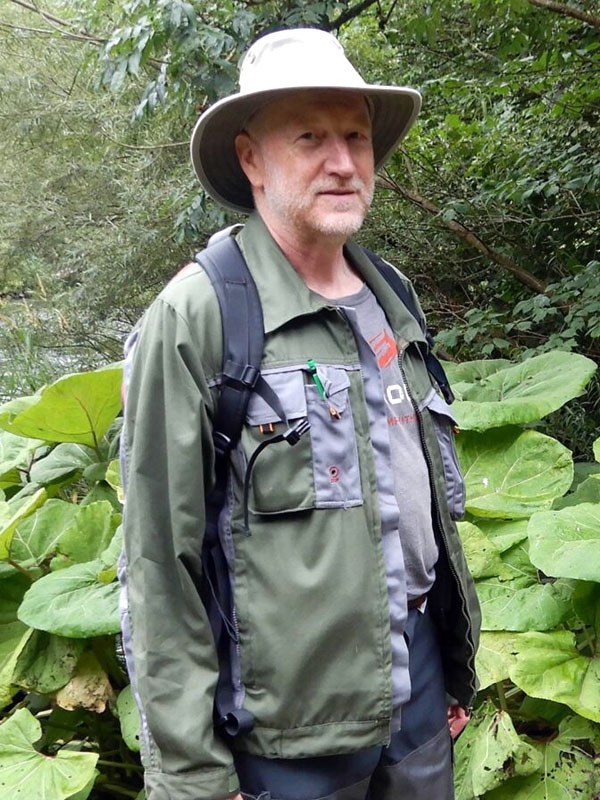
Dr. Franz May
Topic: Spatial Planning
Federal Institute for Geosciences and Natural Resources
After more than 20 years of research on CO2 storage in Germany and worldwide, many geotechnical methods for monitoring and exploration of CO2 storage facilities on land as well as under the seafloor are available and will be further developed in this project.
Nevertheless, no industrial-scale CO2 storage facility is in operation in Germany to date. The legal framework for the exploration and monitoring of CO2 storage facilities in Germany is specified by the Carbon Dioxide Storage Act. However, requirements for storage facilities or their monitoring are not specified in detail. Here, I investigate the question of which geotechnical options and concepts for the exploration and monitoring of storage facilities could meet the legal requirements and thereby satisfy both climate protection and the protection of the marine environment.

Dr. Heike Rütters
Topic: Law, Spatial Planning
Federal Institute for Geosciences and Natural Resources
In the last 10 years, I have been particularly involved with issues related to CO2 purity in CCS projects.
In GEOSTOR, I am investigating potential impacts of CO2 storage in the German North Sea sector on existing and future uses and functions of the marine space. Together with the other GEOSTOR partners, I will try to develop strategies for resolving identified potential conflicts of use. In addition, we want to propose how to include CO2 storage and also other (future) uses of the deep subsurface under the North Sea, in maritime spatial planning.
With the results from GEOSTOR, I would like to facilitate comparing and evaluating opportunities and risks associated with different options for reducing CO2 emissions. In doing so, I would like to support a fact-based, society-wide discussion on how to achieve our national emission reduction targets.
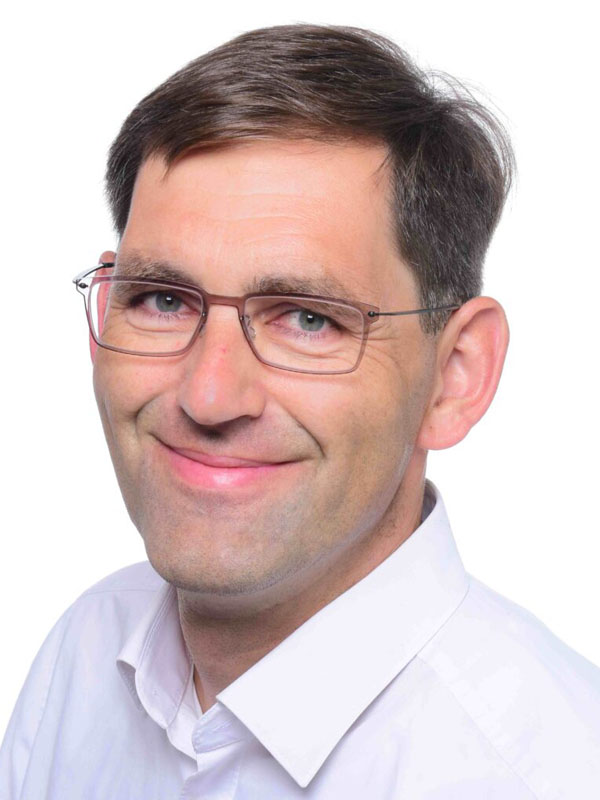
Prof. Dr. Sebastian Bauer
Topic: Geology
Christian-Albrechts-University of Kiel
My fields of interest are the use of the geolgical subsurface as energy storage, as gas storage, as geothermal resource and as resource for groundwater.
In the Geohydromodeling group at CAU Kiel, we develop and apply numerical simulation programs to model the flow and transport processes involved.
Within the framework of GEOSTOR I am mainly interested in the determination of the dynamically achievable storage capacities in the offshore area of the German North Sea, as well as in the induced hydraulic effects and their spatial impact. Thereby I would like to contribute to an improved determination of storage capacities for CO2.
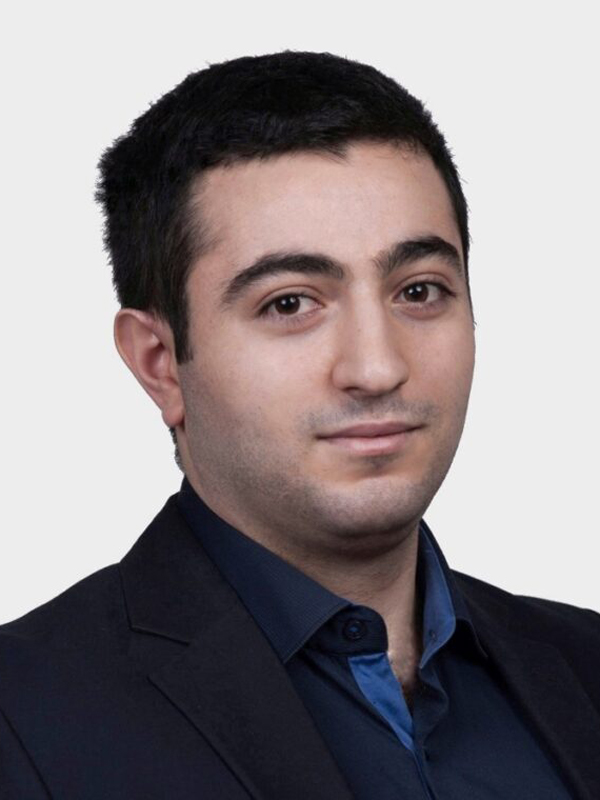
Firdovsi Gasanzade
Topic: Geology
Christian-Albrechts-University of Kiel
I am a reservoir engineer and a member of the Geohydromodelling group at Kiel University, where I have gained experience in developing static and dynamic models to characterize subsurface storage capacities for energy storage using gas as a storage medium.
In the GEOSTOR project, I am investigating subsurface storage using numerical simulation techniques. Taking into account the physical properties of CO2 and the specific nature of the geological trap, my numerical analysis enables the determination of achievable dynamic storage capacity, optimal injection strategies, induced hydraulic far-field effects, subsurface space requirements, and field-scale monitoring facilities.
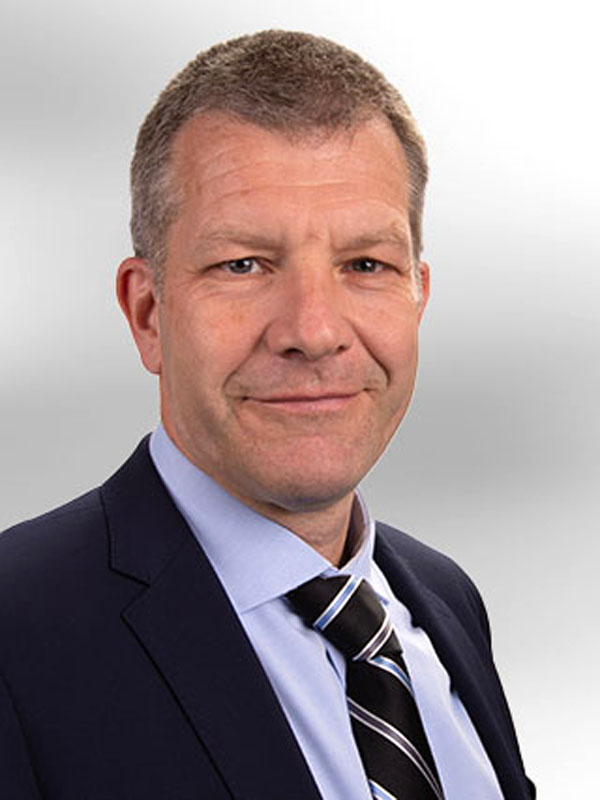
Dr. Sven Hoog
Topic: Technology and costs
Fichtner GmbH & Co. KG
I put together the technical building blocks for transporting, temporarily storing and exporting to the final storage site under the seabed for the CO2.
Once I have clarified the technical issues with my team, we estimate the costs for this logistics chain, because CO2 storage is only acceptable if it is associated with reasonable costs.
I would be very pleased if the engineers at Fichtner could make a contribution to reducing CO2 from the atmosphere or improving methods for avoiding CO2 from industrial processes. For this reason, we have also been working intensively for a long time on the efficient generation of electricity from photovoltaics, wind energy and on hydrogen production based on these renewable energies.
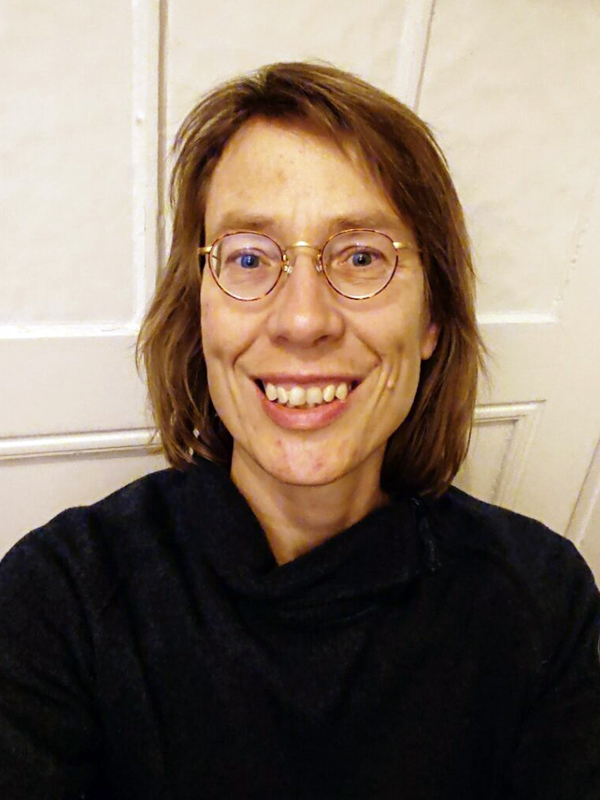
Dr. Elke Kossel
Topic: Environmental Risks
GEOMAR Helmholtz Centre for Ocean Research Kiel
Everything that takes place in the seafloor is difficult to study and observe. After all, you can’t just go there and take a quick look at what’s happening.
I recreate the seafloor on a small scale in the lab and can then use measuring instruments for observation that only work in the lab on land.
My measurement methods give me a much more detailed picture of what exactly happens when CO2 is stored. For this project, for example, I can study the extent to which the rocks in the seafloor change when CO2 is introduced.
Climate change will have a much bigger impact on our future than most people realize. At some point, the changing environmental conditions will no longer allow us to continue living exactly as we have in the past. And the faster the change comes, the more difficult it will be for humanity to adapt to the changing conditions. To make sure that won’t be necessary, we need to do something now.
CCS is an interesting and perhaps even necessary approach to tackling the climate problem. However, I think it is important that before this idea is applied, it is carefully and impartially examined whether there are any dangers involved and whether the CO2 really remains in storage and is not immediately released again. With my work I want to contribute to clarify these points. On the one hand, so that this technology is not used imprudently. But also, so that the possibilities of CCS are not given away, if science finds that it is feasible and harmless.
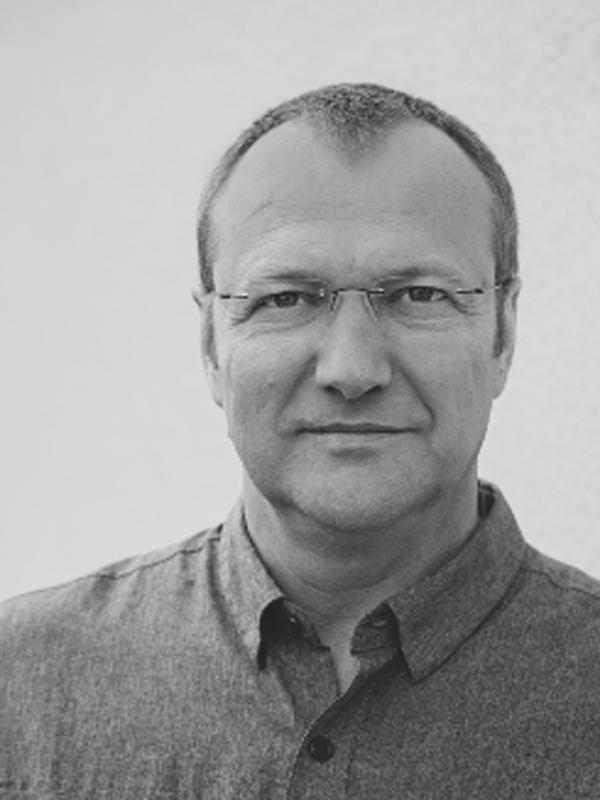
Arne Schwenk
Topic: Monitoring
K.U.M. Environment and Marine Technology Kiel GmbH
As head of development at K.U.M., I have almost 25 years of experience in the development of innovative measuring instruments for the deep sea.
During this time, I have participated in more than 20 scientific offshore expeditions and successfully deployed hundreds of autonomous devices. As a graduate physicist, I have always been interested in the fundamental processes behind the visible effects. This is also the background against which the devices are developed at our company. When monitoring, we never only have the direct object of investigation in mind, but also always its cascading interactions with the environment. The underlying sensor technology is usually highly complex, but often more robust and sensitive than conventional measurement technology. In my opinion, monitoring plays a key role in all processes that interfere with natural processes.

Prof. Dr. Alexander Proelß
Topic: Law, Spatial Planning
University of Hamburg
I deal with issues arising under the international law of the sea and international environmental law. Within the framework of GEOSTOR, I investigate and evaluate the legal framework for CO2 storage on the German continental shelf in the North Sea.
I analyze under which legal conditions demonstration projects for sub-seabed storage of CO2 can be carried out, and try to identify any need for reform at the levels of international, European and national law.
With my work, I would like to contribute to achieving legal certainty with regard to sub-seabed storage of CO2. This is of practical importance because without the capture and permanent storage of greenhouse gases, it will be difficult to achieve the climate protection goals of the Paris Agreement.
In addition, the law must ensure that damage to the marine environment and marine ecosystems as well as conflicts with other uses of the sea are avoided. My hope is that with my research I can contribute to a sustainable use of the sea worthy of this name.
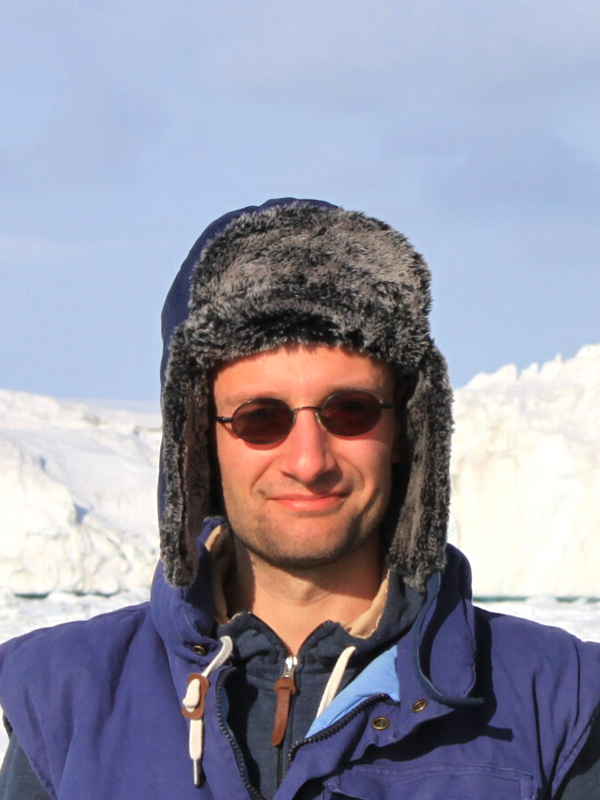
Dr. Florian Schmid
Topic: Monitoring
K.U.M. Environment and Marine Technology Kiel GmbH
I am a marine seismologist specialized in the analysis of ocean bottom seismological data originating from local earthquakes and other small-scale fracturing in the sub-seafloor domain.
Coming from academia, I recently joined KUM and I will be dedicated to the GEOSTOR project. My main tasks in the project will include the identification of an optimal set-up of seismic sensors for passive monitoring of the CO2 plume after injection into the sub-seafloor geological formations. I consider the sub-seafloor storage of CO2 captured from industrial facilities constitutes a prolific option to cut carbon emissions and I am looking forward to contributing in this process.
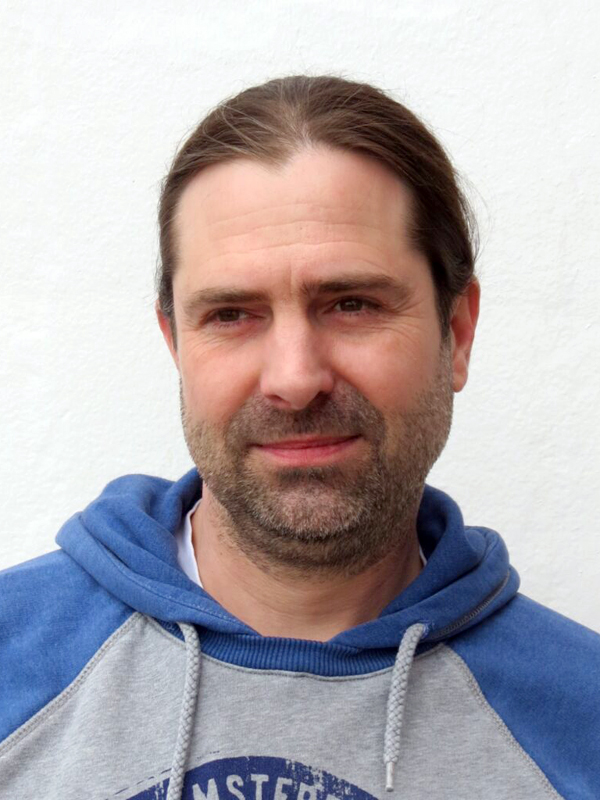
Dr. Michael Schnabel
Topic: Geology
Federal Institute for Geosciences
As a geophysicist, I work in the field of marine seismology. By measurements at the sea surface we can generate images of the geological subsurface by means of acoustic signals.
These investigations also form the basis for a later determination of the respective rock-physical parameters of the geological layers. Thus, these data are an important building block for the quantitative description of the subsurface. Currently, CO2 storage in the area of the German North Sea appears to be a possible building block to reduce the future CO2 concentration in the atmosphere. However, in advance of such a use of the subsurface, associated risks – i.e. an unintentional escape of CO2 from the subsurface – have to be carefully investigated.
Applying state-of-the-art geophysical exploration techniques to such practical issues is a particular challenge for me personally on the GEOSTOR project.

Dr. Christian Deusner
Topic: Environmental Risks
GEOMAR Helmholtz Centre for Ocean Research Kiel
In the GEOSTOR project I use high pressure flow experiments and numerical models to simulate the transport of CO2 in the subsurface.
In particular, I am investigating which biogeochemical reactions might affect the permeability and strength of sediments and rocks in the North Sea subsurface and contribute to altering transport processes in geological barriers.
I am also interested in whether these natural processes could be used technically to create additional reactive barriers against CO2 migration.

Ali Gadein
Thema: Datenmanagement
Federal Institute for Geosciences and Natural Resources (BGR)
I am a geospatial data specialist who collects, interprets, stores, and displays georeferenced data.
Within the GEOSTOR project, I am responsible for data management. It is important to have a unified place for all old and new data where the results of the North Sea study area can be integrated and then visualized.
The data management plan is based on the realization of the construction of the infrastructure and the data management system, the adoption and adaptation of legacy data, the adaptation and transfer of the project to the data management system and the visualization of 2D and 3D spatial data and structural models on the Internet. Data will be provided according to the FAIR principles (Findability, Accessibility, Interoperability and Reuse of Digital Assets).
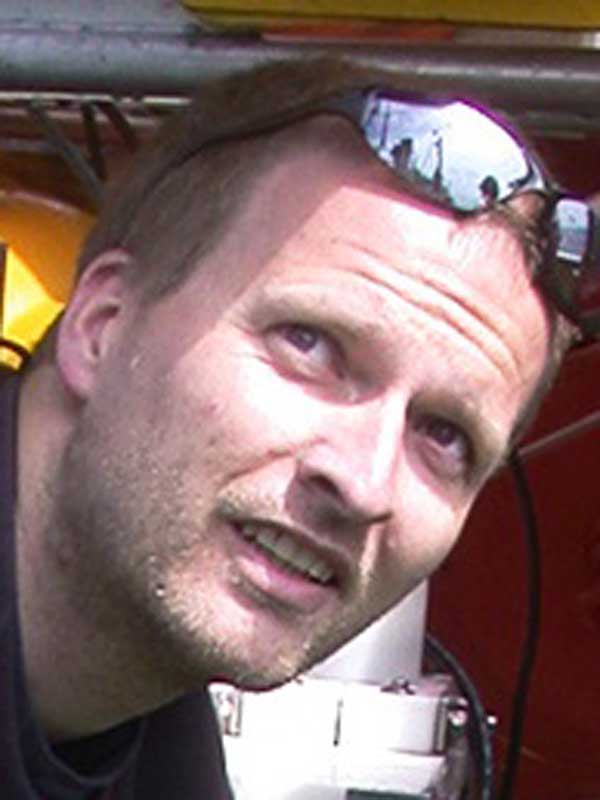
Matthias Haeckel
Topic: Environmental Risks
GEOMAR Helmholtz Centre for Ocean Research Kiel
Matthias Haeckel’s marine research includes understanding early diagenetic processes in the marine environment with a focus on the global carbon cycle, cold vents & gas hydrate systems, identification of gas hydrate systems, identification of fluid and gas sources, and assessment of the response of the marine environment to anthropogenic activities such as deep-sea mining, sub-seabed CO2 storage, gas hydrate exploitation, oil and gas extraction, and pollution (e.g. by plastic waste). This includes translating scientific findings into information products for policy makers, regulators, non-governmental organisations, industry and other stakeholders, and the general public. Dr Haeckel has worked on the impacts of deep-sea mining for 25 years and since 2015 has been coordinator of the European JPI Oceans Project ‘MiningImpact’ with 30 partners, including the International Seabed Authority.
In GEOSTOR, Matthias Haeckel’s work focuses on (abandoned) boreholes in the study areas, as these can pose a leakage risk for CO2 storage. Methane is the second most important greenhouse gas, with about one third of anthropogenic emissions caused by the energy sector. One source of emissions that has so far not been taken into account in this accounting are the numerous wells that bore shallow biogenic gas accumulations and thus create a leakage pathway. In GEOSTOR, he is therefore investigating the methane leaks identified at abandoned wells in the North Sea in order to better understand this leakage risk and to develop countermeasures, e.g. by installing reactive barriers.
In July 2022, an excursion (AL575) to these well leaks will take place in the North Sea under the leadership of Dr Matthias Haeckel. The consequences of methane for the climate and the current procedure in dealing with the leaks in Germany are shown in the BR contribution “die Methanjäger” (the methane hunters), in which Dr Matthias Haeckel and Dr Christopher Böttcher report on their work in the North Sea to date. Link: https://geostor.cdrmare.de/presse/
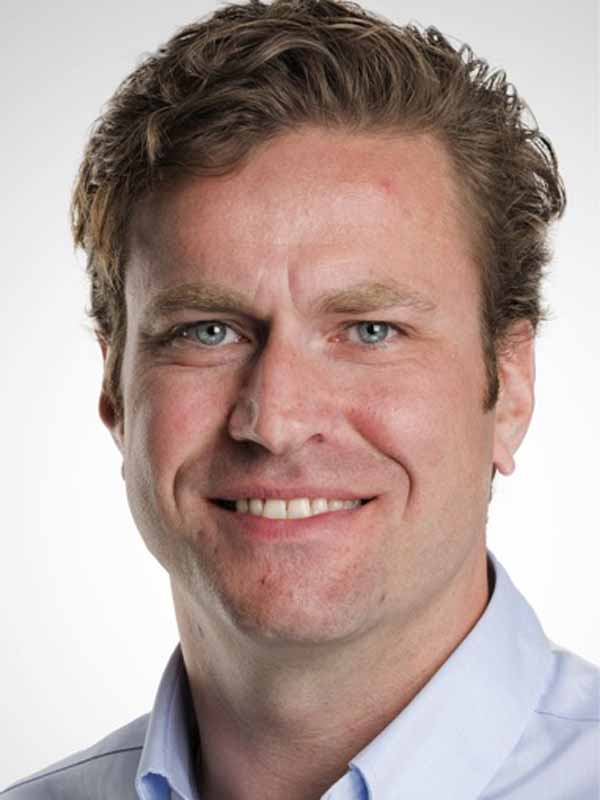
Ivan Starostin
CEO TenzorGEO Ltd
In challenging operating environments, it is imperative to monitor CO2 injection efficiently, sustainably and at low cost.
As a founder and CEO of TenzorGEO, I am in charge of a multi-disciplinary team of specialists developing and delivering passive seismic solutions for CCS, using Low Frequency Seismic sounding and Full Wave Location technologies and leveraging on company’s existing oil and gas experience. Before TenzorGEO incorporation is 2018 I have been working for eight years in investment banking with JPMorgan, HSBC and Citibank, specialising in infrastructure projects, followed by six years in financial and business consulting to oil service companies.

Hendrawan Aji
Christian-Albrechts-University of Kiel
I am a civil engineer and a member of the group of Geomechanics and Geotechnics of the Institute of Geoscience of Kiel University. I am specialized in numerical modelling of wave propagation problem in geomechanics and in dynamic soil-structure interaction.
In the scope of GEOSTOR, the task is to assess and to quantify the geotechnical risks due to the CO2 sequestration. This includes potential instability of the reservoir and/or microseismic events due to the change of stresses. Further, I am also investigating the effects of these microseismic events on the highly dense utilization of the German North-Sea and in return, how further surface utilization might impact the storage. The understanding of these interactions is important not only within the scope of CDRmare but also for future development of CO2 storage.
Associated Partner
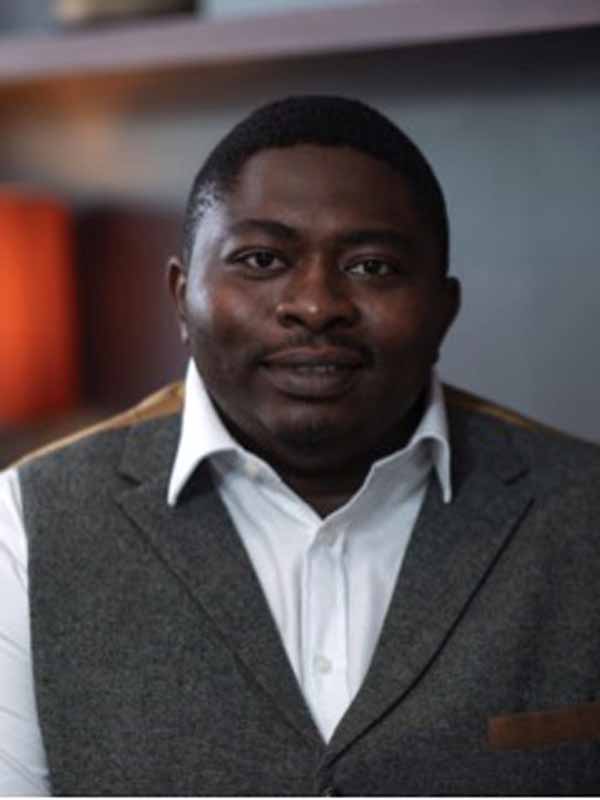
Dr Roy Bitrus
As Director of Sales, I am responsible for business development and delivering technical presentation to partners and stakeholders to ensure we get buy-in and relevant support from external parties across Europe and Internationally.
I am a geologist with specific interests in reservoir characterisation for CO2 storage and the application of MMV (measurement, monitoring and verification) technologies to monitor the injection of CO2 and ensure the reservoirs integrity is not compromised.
For me monitoring of geological sequestered CO2 is a legal requirement for CCS, however existing seismic methods are deployed on average once every 2 years to monitor the reservoir. These methods can be expensive, non-environmentally friendly and do not provide enough information on a continuous basis to detect early onset of leakage or unexpected spatial migration of injected CO2 out of the storage boundaries.
And that is why our work at Tenzorgeo and within the framework of GEOSTOR is important to ensure we are creating and applying innovative technologies to CO2 storage monitoring to ensure the sustainability and longevity of storage projects.
Alumni

Dr. Michael Dähne
Topic: Environmental Risks
Stiftung Deutsches Meeresmuseum
As a zoologist and engineer, I research the effects of sound on marine organisms, especially marine vertebrates. In Germany, I focus on the only cetacean species native to our country, the harbor porpoise.
The use of marine resources often has adverse effects on biodiversity. In the case of CCS, this potentially concerns the necessary monitoring measures for the areas where CO2 is injected. This monitoring will most likely require seismic surveys to record geological structures, but also to check the condition of the rock. However, seismic surveys with airguns generate high sound pressures that can have severe impacts, including fatal injuries, on nearby animals and can scare away or disrupt the behavior of animals at greater distances.
In order to exclude or mitigate harmful effects on harbor porpoise populations, GEOSTOR is investigating how such monitoring can be carried out in the future. For this purpose, harbor porpoise activity was recorded during a seismic survey of the BGR and simultaneously sound measurements were carried out up to a distance of 16 km. The results will show how far harbor porpoises are affected by small to medium seismic surveys.
With my work in GEOSTOR, I hope to contribute to a collaborative approach – climate change mitigation and conservation are mutually dependent and should proceed collaboratively to protect biodiversity and the climate.
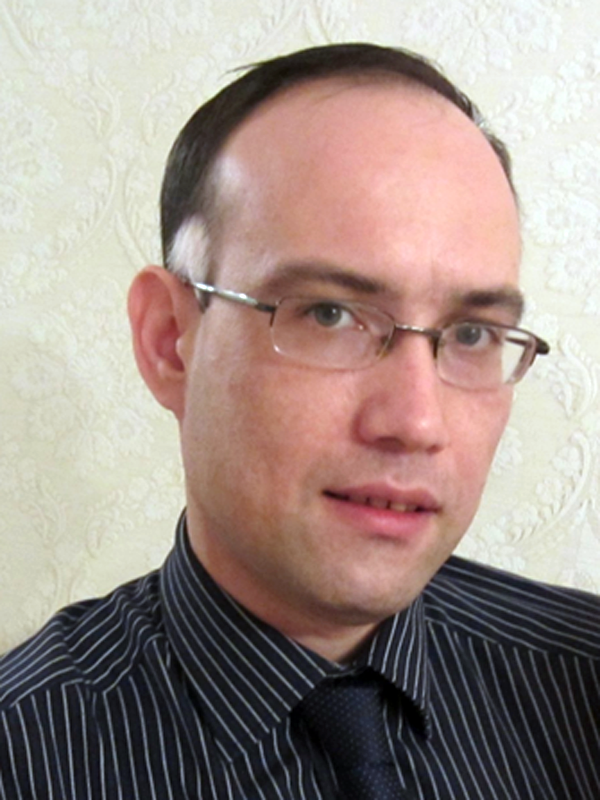
Dr. Anton Myagotin
Subject: Monitoring
TrueOcean GmbH
Throughout my scientific and academic career, the area of my professional interests has been in the field of applied use of modern information technologies.
More precisely, in most of the projects I participated in the development of solutions for digital signal and image processing, improvement of existing algorithms to increase their computational power.
The GEOSTOR project will implement the construction of monitoring systems for CCS, which obviously requires new technologies to process huge amounts of data to get relevant information.
I look forward to working together to develop technologies that will make this world a little cleaner and better, so that our children can live in a clean and friendly environment.

Klaus Reus
Topic: Monitoring
TrueOcean GmbH
I am a project manager and data scientist at TrueOcean GmbH. With my background as a climate physicist, my expertise lies in the analysis of large amounts of data.
As part of the GEOSTOR project, we want to develop a platform for monitoring that will store and process seismic data in an efficient and automated way. The goal is to develop technologies to detect seismic events in the passive seismic data, classify them and localize them.
On the way to the 1.5°C goal, we depend on technologies that also allow us to actively sequester CO2 from the climate system.
GEOSTOR can make an important contribution here, because CCS is a promising approach and monitoring is a basic requirement to ensure its safety.

Dr. Christopher Schmidt
Topic: Environmental Risks
GEOMAR Helmholtz Centre for Ocean Research Kiel
As a marine geologist I am mainly interested in fluid dynamics and the upwelling of these fluids from deep geological formations to the Earth’s surface.
Within the framework of GEOSTOR, I am involved in the preparation and execution of excursions into the North Sea, as well as in the analysis of the collected data. The investigations, are about understanding and risk assessment of potential CO2 leakage along existing wells in the sediments above CO2 storage formations. Here, I would like to investigate the mechanism and potential impact of leakage in more detail.
With my work in the GEOSTOR project, I hope to contribute to a safe storage of CO2 in sandstone formations in the deep subsurface of the North Sea.
